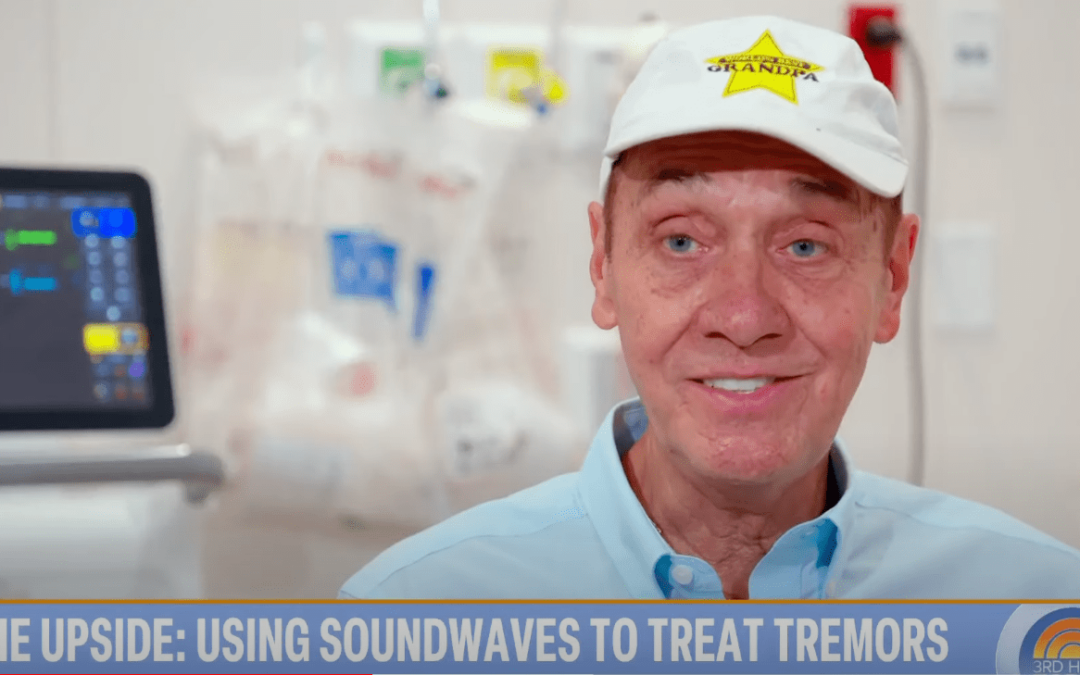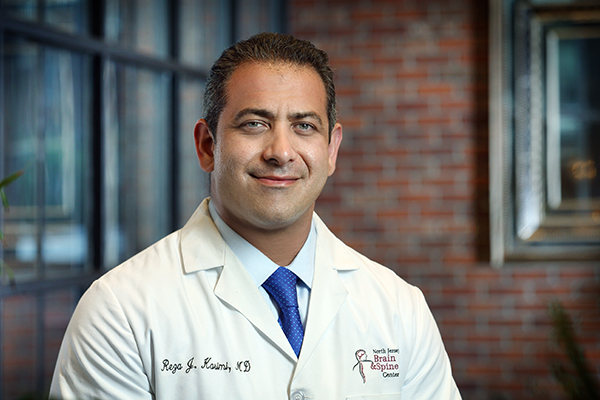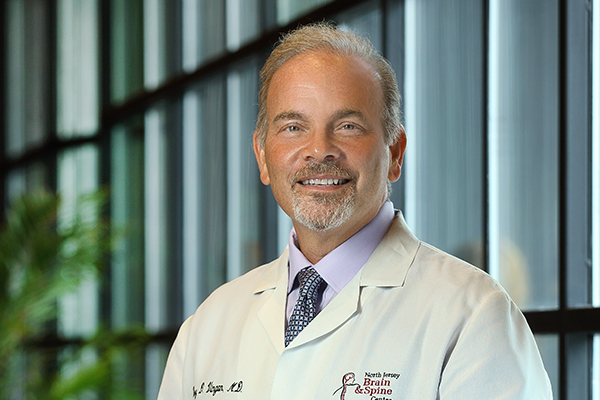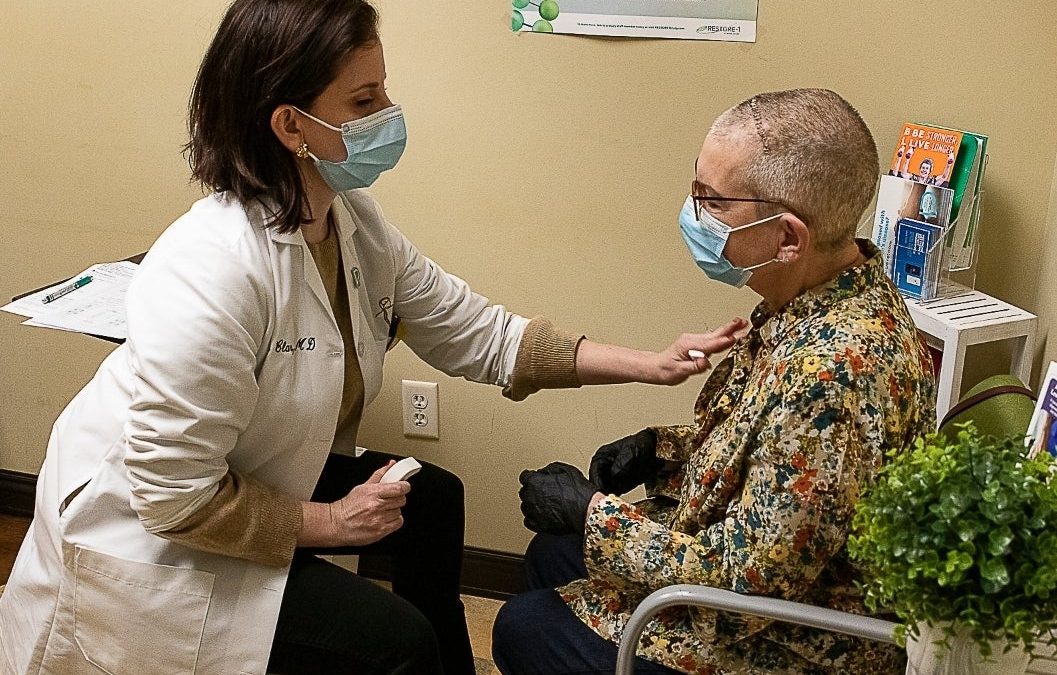Review some of the most commonly asked questions about Gamma Knife Radiosurgery:
- What is Gamma Knife Radiosurgery?
- What is the newest surgical procedure for trigeminal neuralgia?
- What is the best surgery for trigeminal neuralgia?
- What is the success rate of Gamma Knife for trigeminal neuralgia?
- What happens after Gamma Knife surgery for trigeminal neuralgia?
- What is the best hospital in the United States for trigeminal neuralgia?
What is Gamma Knife Radiosurgery?
A non-invasive treatment, Gamma Knife Radiosurgery uses focused gamma radiation to treat a variety of brain conditions, including trigeminal neuralgia, tumors, and arteriovenous malformations (AVMs). Despite the name, a precision tool is used, as opposed to a surgical knife, to direct multiple beams of gamma radiation to a specific area of the brain.
The high dose of radiation is delivered from the outside of your body, which makes it an ideal treatment option for conditions where accessing a specific area of the brain is difficult or when traditional surgery poses a very high risk. Typically, the procedure is performed in one session under local anesthesia and requires no incisions. Gamma Knife Radiosurgery is often chosen when traditional surgery is not an option or when a non-invasive treatment is preferred.
What is the newest surgical procedure for trigeminal neuralgia?
The latest innovations for treating trigeminal neuralgia (TN) focus on minimizing the risks of traditional surgical options and improving precision.
- Gamma Knife Radiosurgery: This method uses highly focused radiation to target the trigeminal nerve root and reduce pain without the need for any incisions.
- Microvascular Decompression (MVD): This newer procedure relieves pressure from the blood vessels compressing the trigeminal nerve. While MVD is not a new treatment, advancements in imaging techniques and robotic-assisted surgery have improved the overall effectiveness and recovery times.
What is the best surgery for trigeminal neuralgia?
The “best” surgery for TN will depend on a variety of factors, such as the severity of the condition, the location of nerve compression, and the patient’s overall health. The choice of surgery will also depend on the specifics of the patient’s condition and the patient’s preference regarding risks and recovery times.
The most commonly recommended surgeries for TN include:
- Gamma Knife Radiosurgery: Ideal for patients who are not candidates for traditional surgery, this non-invasive procedure uses focused radiation to disrupt the pain signals along the trigeminal nerve. This procedure is effective in reducing or eliminating overall pain.
- Microvascular Decompression (MVD): This procedure involves removing or repositioning blood vessels that compress the trigeminal nerve. It has a very high success rate (up to 90%) and can provide long-term relief.
- Percutaneous Rhizotomy: This procedure is often considered when less invasive treatments have failed but comes with high risks of facial numbness. It involves selectively damaging the trigeminal nerve to reduce pain.
What is the success rate of Gamma Knife for trigeminal neuralgia?
Approximately 70-90% of patients experience significant pain relief after treatment. However, the full benefits of the treatment may take up to several months to become apparent. Some patients may experience long-term relief, while others may need further treatments.
In addition, the success rate depends on the type of nerve compression and the location. Patients with longer durations of TN or those who have had prior treatments may have a slightly lower success rate.
What happens after Gamma Knife surgery for trigeminal neuralgia?
After the procedure, most patients can return home the next day since it is non-invasive and does not require hospitalization. There are some things to expect during the recovery period:
- Immediate Effects: Some patients experience mild side effects, such as facial numbness, headache, or temporary worsening of pain. These symptoms generally resolve within a few weeks.
- Pain Relief: Full pain relief may take several weeks or up to a few months to fully take into effect as the radiation gradually affects the trigeminal nerve. Some patients experience significant pain relief within the first few weeks, while for others, it may take longer.
- Follow-up Care: Patients will have regular follow-up visits to monitor progress, assess any side effects, and ensure that the pain relief is sustained.
What is the best hospital in the United States for trigeminal neuralgia?
Several hospitals in the United States are known for their expertise in treating trigeminal neuralgia (TN). It is essential to research hospitals that have specialized neurosurgeons and neurologists who specialize in the latest medical innovations in the diagnosis and treatment of trigeminal neuralgia. It’s essential to consult with a specialist at a reputable institution to determine the best treatment approach for your case.
At New Jersey Brain and Spine, our neurosurgeons are ultra specialized, fellowship trained and highly experienced with the management of even the most challenging trigeminal neuralgia cases. We have been successfully managing trigeminal neuralgia for over 25 years with excellent clinical results. Please contact us if you are experiencing symptoms of trigeminal neuralgia, alternatively you can use our second opinion program if you have already sought care for this condition at another institution.
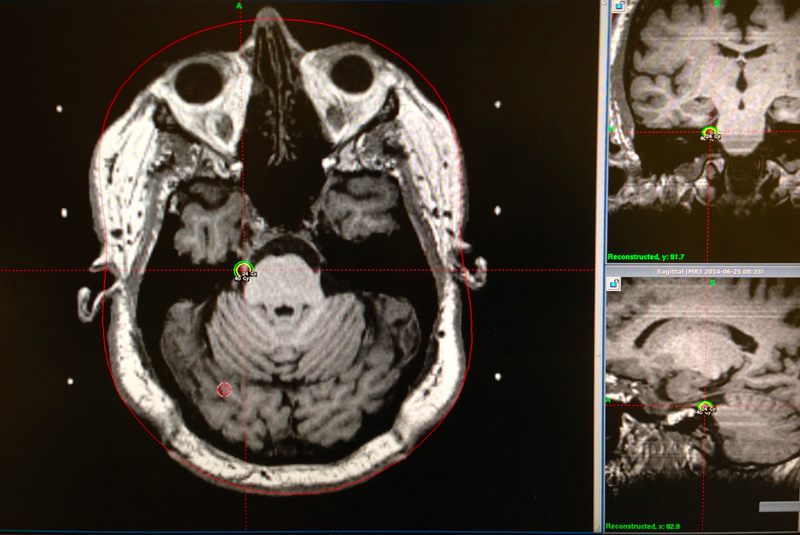
Gamma knife treatment plan demonstrating targeting of trigeminal nerve.

